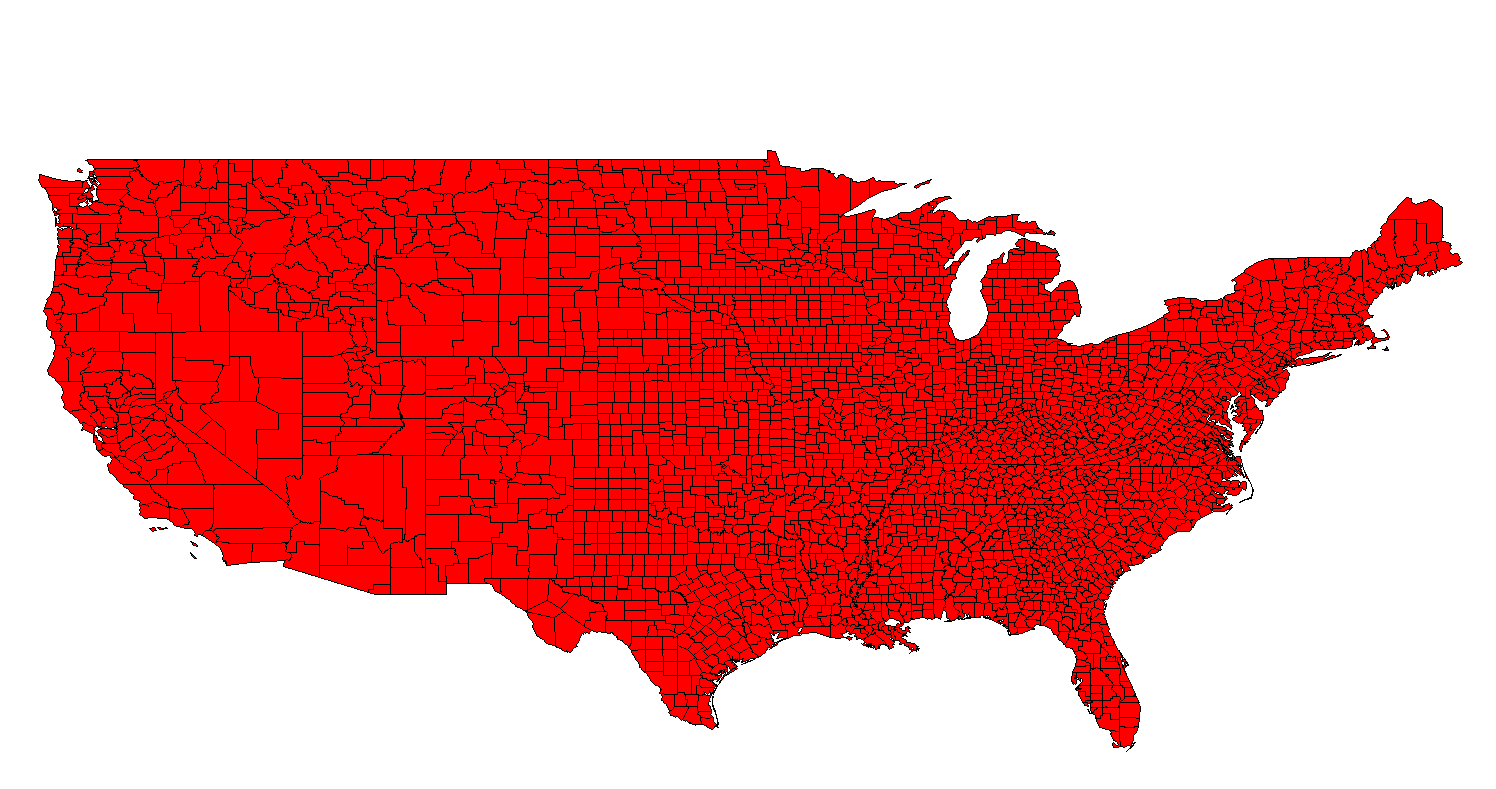 |
|
|
|
|
| Map Gallery Slide Show | Image 66A of 75 | What is a Carrier Route? |
 |
||
| What is
a carrier route? A postal carrier route is the group of addresses to which the USPS assigns the same code to aid in mail delivery. These codes are 9 digits ‚€“ 5 numbers for the ZIP Code, one letter for the carrier route type (explained below), and 3 numbers for the carrier route code. For example "05055R003" or "12508C007." Typically, each carrier route is related to where a particular mail carrier delivers. How many carrier routes and ZIP Codes exist? There are approximately 600,000 unique carrier routes in the US. Of these, approximately half are assigned to post-office boxes, leaving approximately 300,000 that represent ‚€œboundaries‚€Ě or delivery areas. These numbers fluctuate from month to month. Since there are approximately 40,000 valid ZIP Codes in the US that translates to an average of 15 carrier routes per ZIP Code. Obviously any particular ZIP Code could have many more or many fewer than this average. Do carrier routes change? Yes. The USPS makes minor changes to the delivery routes continuously, usually due to either population or staff changes. For example, as new homes are built, those new addresses must be added to a carrier‚€™s delivery route. Budget changes at local post offices can also impact delivery definitions because of staff or technology modifications. Most of these changes are minor ‚€“ adding or deleting a few streets or moving a few addresses from one carrier route to another. However, sometimes an entire delivery system for a county can be disrupted as entire ZIP Codes are added or subdivided. While the change can be initiated by local post offices, the USPS headquarters in Memphis, TN is the only entity to aggregate individual carrier route change information nationally. They release a monthly database of all carrier route definitions. There are many independent companies that license various subsets of this database to help other businesses ensure that large mailings are addressed efficiently for delivery. How often do carrier routes change? Somewhere in the US, a carrier route changes every day. The USPS releases a monthly database of the latest definitions, but it does not ‚€œtrack‚€Ě the changes per se. Some changes are very subtle ‚€“ one new address added because a new home was built at the end of a street ‚€“ and so tracking the type of change is an expensive effort few commercial organizations have undertaken. How many CR changes are there nationally on a monthly basis? Nationwide, each month you can expect at least 100,000 changes (adds, deletes, or modifications) to the carrier route definitions. That represents more than 15% each month! Do carrier routes follow ZIP Codes? Each carrier route is explicitly defined as part of a single ZIP Code. The full 9 digits of the carrier route code (e.g. 12508C007) is a unique code that represents each carrier route and so, by definition, it cannot cross multiple ZIP Codes. What is the difference between a carrier route code and a ZIP+4 code? Although a ZIP+4 code also has 9 digits, it is not the same as a carrier route code. There are far more ZIP+4 codes in the US ‚€“ approximately 40,000,000, usually assigned to one side of a street block. Each carrier route contains tens or hundreds of ZIP+4 codes. Additional info on ZIP+4 maps and lists can be found on the web. What does the first letter in front of a carrier route label mean? Is there a difference between R001 and C001 - does the R or C designation affect my ability to direct mail to these areas? Carrier routes can be sub-characterized as city, rural, PO Box, or highway contract routes - each based on what kind of delivery mechanism is used. The letter at the start of the carrier route number indicates the sub-characterization. The designation "R" denotes a rural delivery carrier route where mail is delivered via automobile. A "C" designation means that it is a city delivery route, where mail is delivered on foot by a postal service employee. The designation "B" indicates that is "PO box delivery". These carrier routes cannot be mapped by mapping firms because multiple labels overlap significantly. Regardless of the sub-characterization, all postal discounts allowed for mailing by carrier route will apply. While these letter-based designations can give you some idea of the density of occupants to expect in any given carrier route, they do not limit your ability to send direct mail. Do all carrier routes include businesses, apartments and single family homes? The USPS does not usually define carrier routes by the type of occupant receiving mail: any given carrier route could include any or all of the above types of recipients. However, it is possible to get summary counts for any carrier route from your list provider or mapping service bureau showing the number of deliverable addresses for businesses, MFDUs (multi-family dwelling units), and SFDUs (single family dwelling units). You can use this data to target your mailings to carrier routes heavy in the type of recipient of interest to you. |
||
| < back | up ^ | next > |